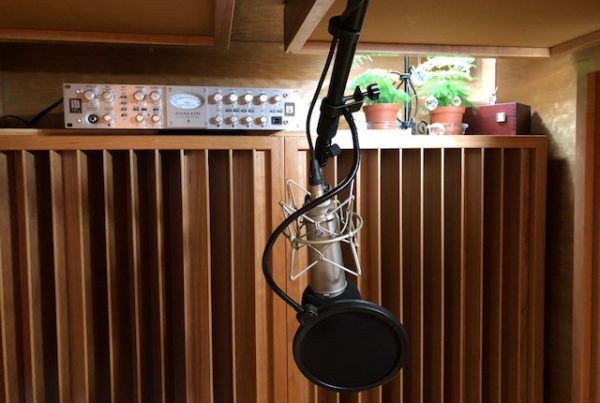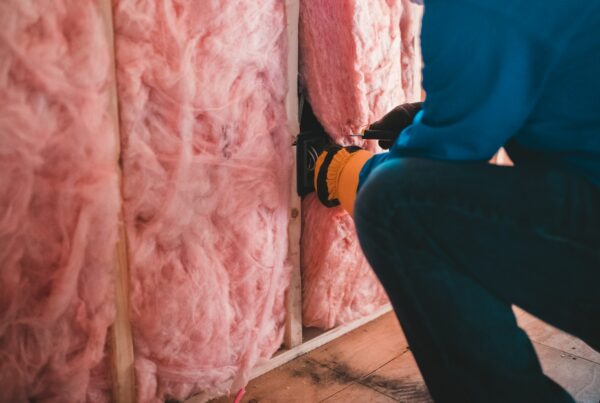Hi everyone, Dennis Foley from Acoustic Fields. Today we’re going to talk about to talk about one sub-2 sub-3 sub. A lot of people have called me and sent me emails saying well Dennis if we add more subs and more energy at different locations in the room we can smooth out frequency response. This is a good example of a half-truth, yes that’s partially true and no it’s not true at all so we’re going to talk about the two differences here. So yes we can look at the response curve and we see that most of our energy in the low frequency areas in small rooms, and I have a database of 135 rooms on our 137 now built measured, most show a 10 to a 15 dB bump less than 100 cycles, standard characteristic, standard bell-shaped curve for low frequencies in small rooms.
Can we reduce the bump by adding more energy to the room and thus balancing out the pressure in the room? Yes we can. We may have a bump this big with one subwoofer, if we put two it decreases a little bit, if we put three it smooths out but here’s the half-truth, even that is too large. If we’re starting with a 15 d bump, we add 3 subwoofers we might reduce that 6, 7 dB but that’s still unacceptable in terms of a frequency response curve in critical listening rooms, control rooms, mix rooms, even live rooms.
So is adding more subwoofers a way to smooth out the low and below 100 cycles of a response curve? Yes and no yes it reduces it but no not enough so you have to look at the cost versus the benefit. I don’t know if you’ve priced subwoofers these days but the ones we use can be three to five thousand retail each, you’re going to add three to a room it could be 15,000, ten to fifteen thousand. I think you’d be better off spending that money on low-frequency treatment, finding a larger room and therefore not having to deal with this kind of situation at all if you had the right room size and 15 thousand dollars in low frequency treatment can go a long way.
In our rooms we shoot for a plus or minus one dB across the board, from 25 cycles on up we guarantee it from 30 so this is a good example of the half-truths that we deal with in Room Acoustics. Will adding more pressure to small rooms smooth out the response? Yes but not enough and the cost versus the benefit of doing that you’d be best to find a larger room or spend the money on treatment.
—
This is an unedited transcript from our video series from Acoustic Fields. There will be some errors in grammar and sentence structure that occur during this translation process.
For complete understanding and comprehension, please view the video which is included in this text. For any additional information regarding this topic or others relating to room acoustics, please contact us directly at:
P: 520 – 392 – 9486







